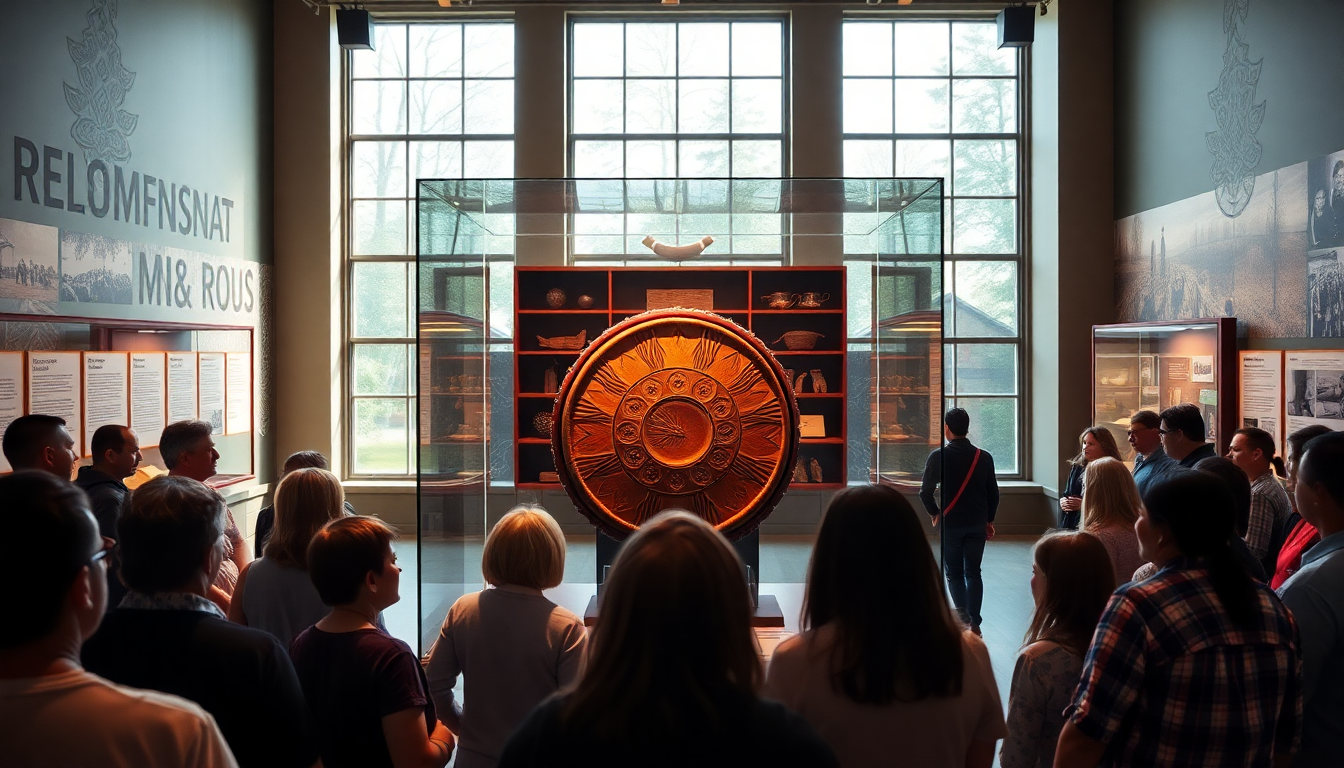Table of Contents
The repatriation of Indigenous historical items and remains is a pressing issue in British Columbia. This topic reflects a complex mix of ethical responsibility, cultural heritage, and logistical challenges. Recent studies by the First Peoples’ Cultural Council and K’yuu Enterprise Corporation have shed light on the intricacies involved in returning these significant artifacts to their rightful communities. As the movement towards repatriation gains momentum, it’s essential to unpack the various challenges faced by Indigenous groups and explore how they can overcome them.
Understanding the Current Landscape and Historical Context
Did you know that over 2,500 human remains and more than 100,000 items linked to B.C. First Nations are currently held in institutions worldwide, including museums and universities? This staggering figure represents only a fraction of what likely exists, as a survey by K’yuu Enterprise Corporation suggests that only about 50 percent of these institutions responded. The reality is that the numbers could be even higher, underscoring the urgent need for a comprehensive approach to document and address the whereabouts of these culturally significant items.
According to anthropologist Gretchen Fox, there’s a growing recognition of the moral imperative for repatriation. But for real progress to happen, adequate resources are crucial. Establishing a centralized body to manage the repatriation process, along with an accreditation program for museums, could be game-changers. These initiatives would not only streamline efforts but also ensure that the reparative work honors Indigenous cultures in a respectful way.
Investment in Repatriation: Funding and Resource Allocation
Despite the ethical significance of repatriation, funding for these initiatives remains alarmingly low. A recent report revealed that about 60 percent of B.C. First Nations have invested over $1 million in repatriation work, often relying on grants and external funding that don’t quite meet their needs. The lack of dedicated legislation and policy from the Canadian government has left many nations scrambling to secure resources, often through narrow grant criteria that don’t align with their broader repatriation goals.
Imagine if all 204 B.C. First Nations received funding over a five-year period to engage in various stages of repatriation. The estimated cost could soar to $663 million! While this isn’t a formal funding request, it highlights the monumental financial implications of returning culturally significant items and remains to Indigenous communities. It’s clear that a more robust funding framework is essential, as many nations currently navigate the complexities of repatriation with limited resources.
Pathways Forward: Collaboration and Community Involvement
The call for a First Nation-led centralized organization to facilitate repatriation presents a fantastic opportunity for collaboration and pooling of expertise. Establishing such a body would enhance support for repatriation efforts and foster relationships between Indigenous groups and holding institutions. By working together, institutions can learn the necessary practices and protocols for respectful engagement with Indigenous communities.
Recent success stories, like the return of a totem pole to the Nuxalk Nation, showcase the potential for positive outcomes when institutions commit to ethical practices. Initiatives such as the proposed accreditation program by Fox could provide formal training and resources needed for those involved in repatriation work. As more institutions recognize their responsibilities towards Indigenous communities, we’re witnessing a gradual yet significant movement towards addressing historical wrongs.
In conclusion, while the journey towards repatriation is laden with challenges, it also offers opportunities for healing and cultural reconnection. By tackling funding shortfalls, fostering collaboration, and prioritizing ethical considerations, we can create a clearer path forward—ultimately leading to a restoration of dignity and heritage for Indigenous communities. What role do you think we all can play in this important journey?


